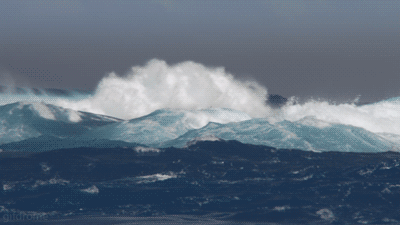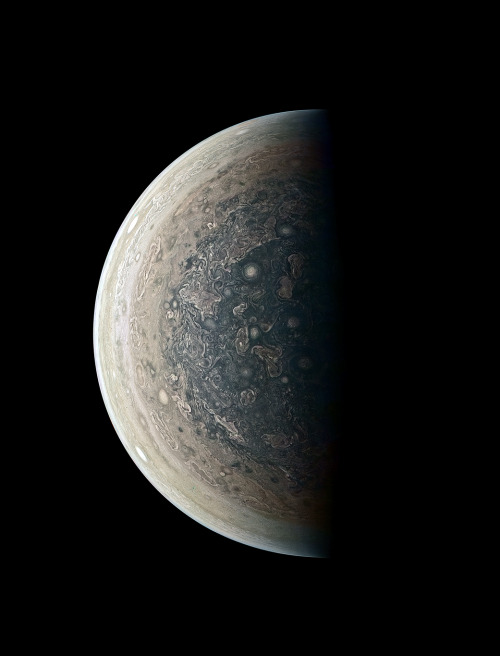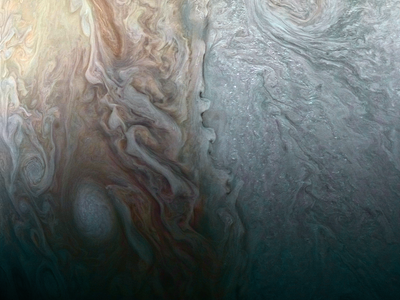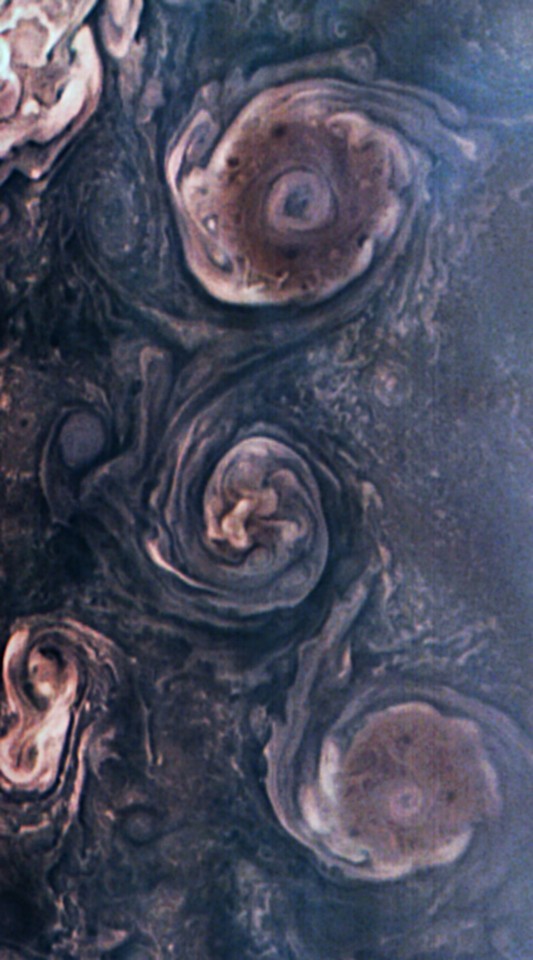Hannahhaifisch - HH

More Posts from Hannahhaifisch and Others

Quantum tunnelling
Tunneling is a quantum mechanical effect. A tunneling current occurs when electrons move through a barrier that they classically shouldn’t be able to move through. In classical terms, if you don’t have enough energy to move “over” a barrier, you won’t. However, in the quantum mechanical world, electrons have wavelike properties. These waves don’t end abruptly at a wall or barrier, but taper off quickly. If the barrier is thin enough, the probability function may extend into the next region, through the barrier! Because of the small probability of an electron being on the other side of the barrier, given enough electrons, some will indeed move through and appear on the other side. When an electron moves through the barrier in this fashion, it is called tunneling.

Quantum mechanics tells us that electrons have both wave and particle-like properties. Tunneling is an effect of the wavelike nature.

The top image shows us that when an electron (the wave) hits a barrier, the wave doesn’t abruptly end, but tapers off very quickly - exponentially. For a thick barrier, the wave doesn’t get past.
The bottom image shows the scenario if the barrier is quite thin (about a nanometer). Part of the wave does get through and therefore some electrons may appear on the other side of the barrier.
Because of the sharp decay of the probability function through the barrier, the number of electrons that will actually tunnel is very dependent upon the thickness of the barrier. The current through the barrier drops off exponentially with the barrier thickness
Source: nanoscience.com | Images: x | x | x

Let it go ❄
(snowflake designs by Tomoko Fuae, Joseph Wu, Shuzo Fujimoto, and Dennis Walker)
#snowflakes #origami #paperart #papercraft #paper #art #craft #design #sculpture #daily #illustration #instaart #instaartist #snow #snowflake #winter #ice #frozen #elsa #papersnowflakes

Physicists Confirm Quantum Theory Proposed in 1930s
http://www.sci-news.com/physics/quantum-tunneling-water-05422.html


Robert Irwin @ Art Basel 2015
Black 3, 2008
via










Interlocked Coins Form Complex Geometric Sculptures

https://player.vimeo.com/video/58293122?title=0&byline=0&portrait=0
Hannah Reber, “Untitled (spin the bottle)”, 2013, installation version #3









Images of Jupiter taken by JunoCam on NASA’s Juno spacecraft.

Mission Juno
Juno is a NASA spacecraft. It is exploring the planet Jupiter. Juno launched from Earth in 2011. It reached Jupiter in 2016. That was a five-year trip!
The name “Juno” comes from stories told by the Romans long ago. In the stories, Juno was the wife of Jupiter. Jupiter hid behind clouds so no one could see him causing trouble. But Juno could see through the clouds.
Juno has science tools to study Jupiter’s atmosphere. (The atmosphere is the layer of gases around a planet.) Juno will take the first pictures of Jupiter’s poles. The spacecraft will study the lights around Jupiter’s north and south poles, too.
Juno will help scientists understand how Jupiter was made. The spacecraft will help them learn how Jupiter has changed, too. The new discoveries can help us understand more about our solar system.
Sound of Jupiter’s Magnetosphere: Click here
Credit: NASA / JPL-Caltech / Mission Juno / Jason Major / Luca Fornaciari / Gerald Eichstädt
-
 lymedomi liked this · 1 year ago
lymedomi liked this · 1 year ago -
 smoothestjazz reblogged this · 6 years ago
smoothestjazz reblogged this · 6 years ago -
 wallcauliflower liked this · 6 years ago
wallcauliflower liked this · 6 years ago -
 beautiful-lives15 reblogged this · 6 years ago
beautiful-lives15 reblogged this · 6 years ago -
 almamiaamaelcafe liked this · 6 years ago
almamiaamaelcafe liked this · 6 years ago -
 fuckth3madn3ss liked this · 6 years ago
fuckth3madn3ss liked this · 6 years ago -
 endller liked this · 6 years ago
endller liked this · 6 years ago -
 transparentthingchaos liked this · 6 years ago
transparentthingchaos liked this · 6 years ago -
 jotoshi reblogged this · 6 years ago
jotoshi reblogged this · 6 years ago -
 once-upon-a-miserables reblogged this · 7 years ago
once-upon-a-miserables reblogged this · 7 years ago -
 once-upon-a-miserables liked this · 7 years ago
once-upon-a-miserables liked this · 7 years ago -
 wolf-thecontradictorysentence reblogged this · 7 years ago
wolf-thecontradictorysentence reblogged this · 7 years ago -
 wolf-thecontradictorysentence liked this · 7 years ago
wolf-thecontradictorysentence liked this · 7 years ago -
 homelesnippleking reblogged this · 7 years ago
homelesnippleking reblogged this · 7 years ago -
 orientalforces-blog liked this · 7 years ago
orientalforces-blog liked this · 7 years ago -
 surviving---not---living liked this · 7 years ago
surviving---not---living liked this · 7 years ago -
 iswearthisisrepetitive liked this · 7 years ago
iswearthisisrepetitive liked this · 7 years ago